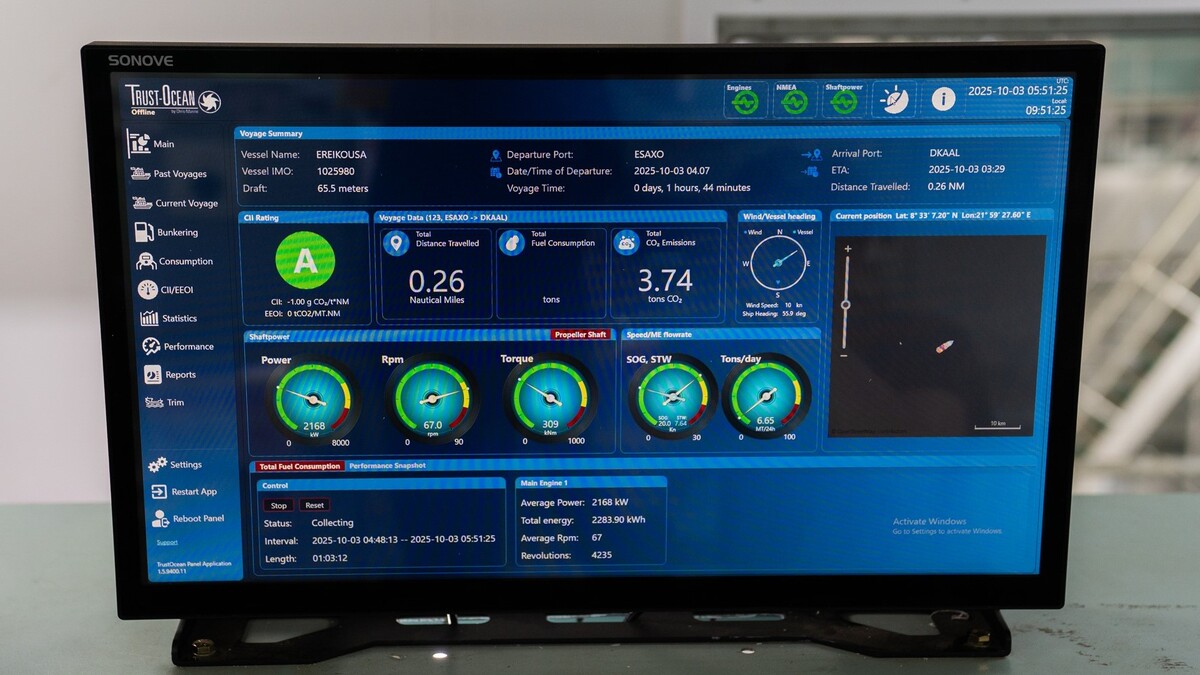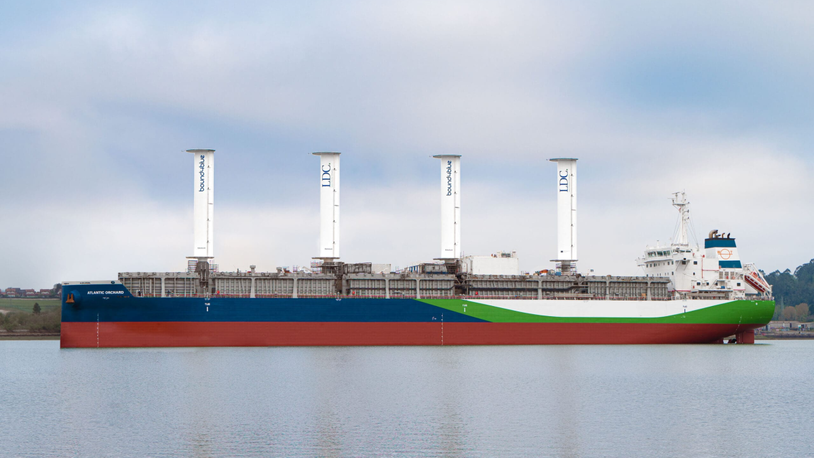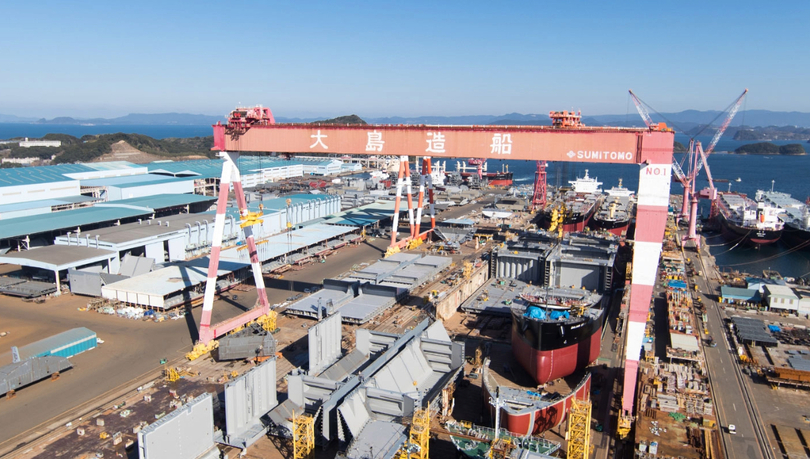Business Sectors
Events
Ship Recycling Webinar Week
Contents
Navigating the Future of Sustainable Hybrid Marine Propulsion
The marine industry faces mounting pressure to reduce its environmental footprint. While reliable, traditional diesel engines are significant contributors to greenhouse gas emissions, according to 2018 data reported by the International Maritime Organization, global shipping is responsible for nearly 3% of global carbon dioxide (CO2) emissions.
The global push for cleaner energy solutions has accelerated R&D efforts and the adoption of alternative propulsion systems, including hybrid technologies that combine the benefits of traditional and electric power. The maritime industry is experiencing a transformative era, propelled by regulatory changes, technological advancements, sustainability initiatives, and digital transformation. This continuous innovation marks a fascinating period in this industry’s rich history.
As the marine industry continues to innovate towards increased sustainability, the transition to hybrid propulsion systems is becoming a cornerstone of greener practices. With the shift in regulations, manufacturers and OEMs are coming together with years of expertise to support the industry’s shift towards more environmentally friendly propulsion technologies.
Hybrid Propulsion: A Balanced Approach
Hybrid propulsion systems provide a balanced approach to reducing emissions and improving fuel efficiency, with the added benefit of meeting constantly evolving regulations. Integrating electric motors with traditional internal combustion engines allows vessels to operate more efficiently and with a lower environmental impact. There are several types of hybrid systems to help meet each vessel’s specifics needs including serial, parallel, and combined configurations:
● Serial hybrid configurations use an engine to generate electricity that powers electric motors.
● Parallel hybrid configurations allow engines and electric motors to drive the propeller together.
● Combined systems offer flexibility by integrating features of both serial and parallel designs.
Each configuration is designed to meet the requirements of the environment the vessel is operating in, as well as meet engineering concerns based on available space and weight requirements.
However, the transition to hybrid systems presents unique technical challenges, particularly in managing the complex dynamics of torsional vibrations within the drivetrain. Globally, the average vessel age is between 17 and 22 years, causing many operators to consider either re-powering their vessel with a modern powertrain that meets regional regulations, such as CARB, EPA Tier 4 Final, EU Stage V, or IMO III global emission standards, or retiring and replacing the vessel with a new, modern vessel. These regulations set stringent limits on emissions and the inclusion of hybrid technologies helps reduce reliance on diesel engines while enabling cleaner operation modes.
Tackling Torsional Vibration with Confidence
As torsional vibration has become an increased focus, companies have placed a better emphasis on understanding and tackling this when designing solutions. Operators know that managing these vibrations is critical to maintaining the integrity and performance of their drivetrain, but it’s much easier said than done. Unchecked torsional vibrations can lead to premature wear, component failure, and system inefficiencies.
A deep understanding of these dynamics is essential when designing and integrating components such as driveshafts, clutches, and brakes into your vessels. Effective torsional vibration analysis and mitigation strategies not only help to ensure smoother operation, but they help reduce mechanical stress and minimize the risk of unplanned downtime.
Optimizing Hybrid Propulsion with Advanced Monitoring and Control Systems
Optimizing these hybrid propulsion systems requires sophisticated monitoring and control systems. These technologies, like Perceptiv™ for example, provide real-time data on metrics like engine performance, fuel consumption, and emissions alongside torsional and vibration analysis enabling operators to make informed decisions and adjust operations dynamically. Furthermore, the risk of unexpected failures and costly downtime is reduced due to predictive maintenance facilitated by these advanced control systems. Integrating these capabilities enhances the efficiency and sustainability of hybrid marine operations.
Overcoming Technical Challenges
When designing a vessel, engaging propulsion component suppliers early in the process is crucial for achieving the best possible results. Involving engineers from the outset allows for a thorough assessment of design requirements and potential challenges, ensuring that the most effective solutions are identified, discussed, and implemented. This early collaboration helps to streamline the design process, reducing the likelihood of costly delays and rework. By addressing technical challenges proactively, engineers can optimize the design for performance, efficiency, and reliability. Additionally, early engagement facilitates seamless integration of components, ensuring that all systems work harmoniously together. This approach not only reduces costs but also enhances the overall quality and functionality of the vessel, leading to a more successful project execution.
One notable example of Regal Rexnord’s ability to provide packaged solutions is its work on one of the first electric passenger ferries in the United States. This solution met all technical requirements and reduced the total number of components needed, thereby reducing the overall space requirement of the propulsion system. Not only was the space savings a major bonus, but they were also able to create a unique powertrain system that was able to be installed and run as one cohesive unit. This project showcases the benefit of delivering turnkey solutions that ensure top-notch functionality, performance, and reliability, while reducing the costs associated with naval architects and shipyard services, including design, shipping, fabrication, and installation.
Leading the Way to a Greener Future
With regulations working alongside technology to place ever-changing pressure on the marine industry to integrate and adapt, being aware and informed of recent innovations is crucial to a successful marine operation. Between advancements in the propulsion space and greener solutions, to finding unique ways to implement feedback from a variety of new monitoring solutions, now is as good a time as any to evaluate what is important to your operation.
By sourcing fresh and new information, you directly benefit from all the research that manufacturers and OEMs are currently investing in the industry and with more exciting innovations hitting the market seemingly every day, your vessels have never had as much opportunity to tackle the future as they do now.
Related to this Story
Events
Ship Recycling Webinar Week
International Bulk Shipping Conference 2025
Tankers 2030 Conference
Maritime Navigation Innovation Webinar Week
© 2024 Riviera Maritime Media Ltd.













